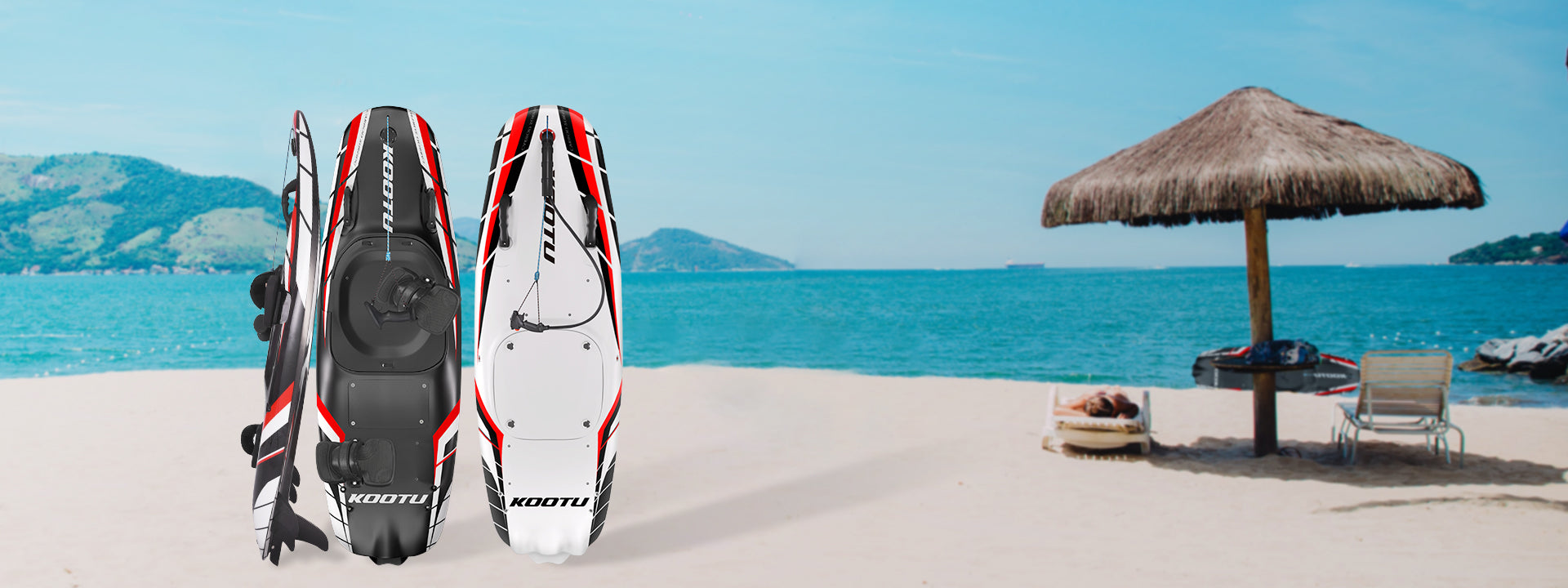Tubed vs Tubeless Bike Tires: Which Is Better for You?
When it comes to choosing the right tires for your bike, one of the most important decisions you'll make is whether to go with tubed or tubeless tires. Both options have their advantages and disadvantages, and the best choice often depends on your riding style, terrain, and personal preference. In this blog post, we'll explore the key differences between tubed and tubeless bike tires, helping you make an informed decision for your next ride.

What Are Tubed Tires?
Tubed tires are the traditional type of bike tires that come with an inner tube. The inner tube is a separate inflatable rubber tube that sits inside the tire and holds air. Here's a breakdown of the benefits and drawbacks of tubed tires:
Advantages of Tubed Tires
Ease of Installation: Tubed tires are generally easier to install and remove. You don't need any special tools or sealants.
Affordability: Tubed tires are typically more affordable than tubeless systems, making them a budget-friendly option for many riders.
Compatibility: Most bikes are originally equipped with tubed tires, so they are compatible with a wide range of rims.
Disadvantages of Tubed Tires
Flat Tires: Tubed tires are more susceptible to punctures and pinch flats. When the tube is punctured, it loses air, and you'll need to replace or repair the tube.
Weight: The presence of an inner tube adds extra weight, which can be a disadvantage for competitive riders looking to reduce their bike's overall weight.

What Are Tubeless Tires?
Tubeless tires, as the name suggests, do not use an inner tube. Instead, the tire and rim form an airtight seal, and a liquid sealant is used inside the tire to seal punctures. Here are the pros and cons of tubeless tires:
Advantages of Tubeless Tires
Reduced Flats: Tubeless tires are less prone to flats since the liquid sealant can quickly seal small punctures. This feature is especially useful for off-road and mountain biking.
Lower Air Pressure: Tubeless systems allow for lower air pressure, which provides better traction and a smoother ride, especially on rough terrain.
Weight Savings: Eliminating the inner tube reduces the overall weight of the bike, which can be a significant advantage for performance-oriented riders.
Disadvantages of Tubeless Tires
Complex Installation: Setting up tubeless tires can be more challenging and may require specific tools and sealants. It's often best to have a professional handle the initial installation.
Cost: Tubeless systems tend to be more expensive upfront, including the cost of sealant and specialized rims.
Maintenance: Tubeless tires require periodic maintenance, such as checking and replenishing sealant, to ensure they remain airtight.

Which One Is Right for You?
Choosing between tubed and tubeless tires depends on various factors:
Casual Riders: If you're a casual rider who mostly rides on paved roads and prefers an easy-to-maintain bike, tubed tires may be the better option for you.
Mountain Bikers: For those who enjoy off-road adventures and rugged trails, tubeless tires offer better puncture resistance and traction, making them a worthwhile investment.
Competitive Cyclists: Riders looking to minimize weight and improve performance may benefit from the advantages of tubeless systems.
In conclusion, both tubed and tubeless tires have their own set of benefits and drawbacks. Consider your riding style, budget, and maintenance preferences when deciding which option suits you best. Whether you go tubed or tubeless, the most important thing is to enjoy the ride!













